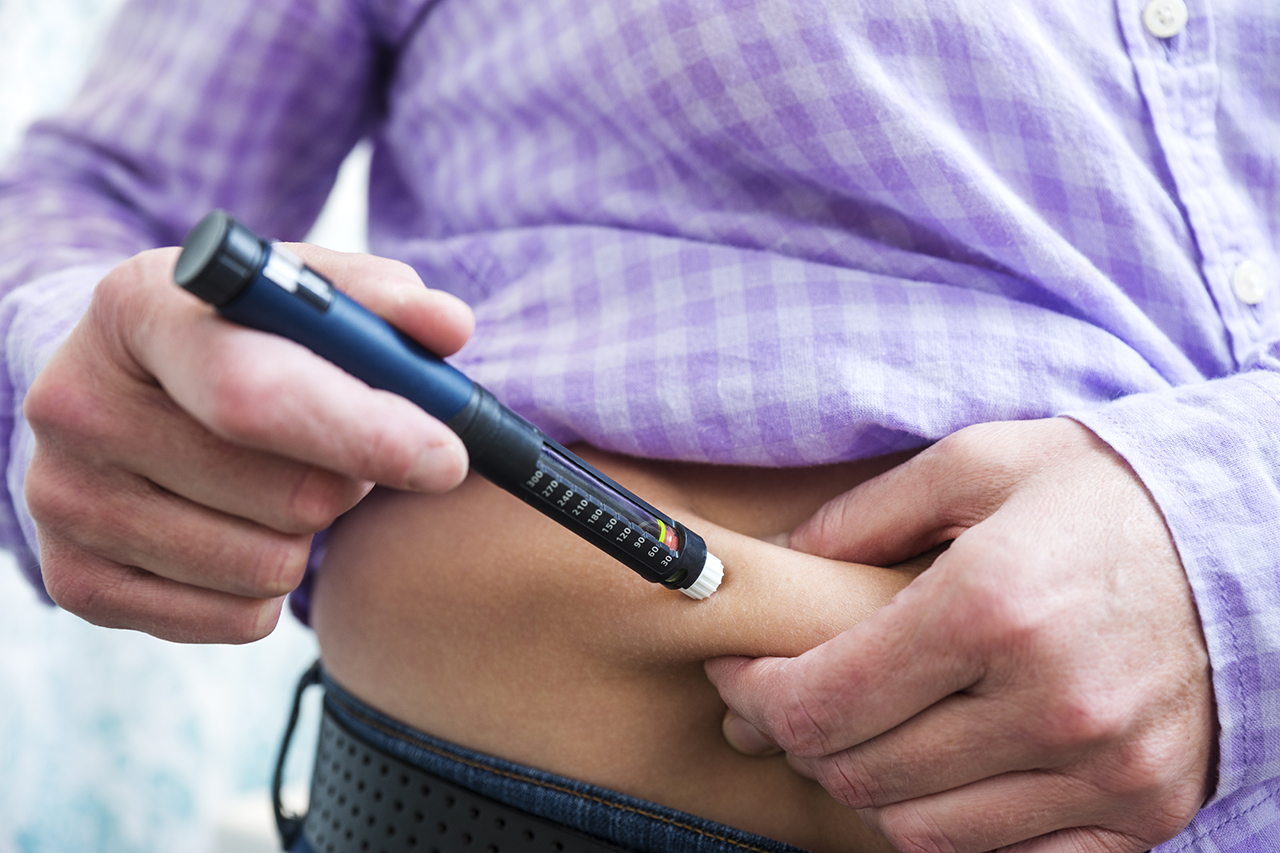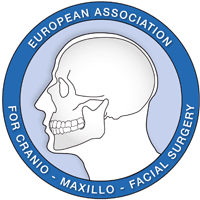Sleep apnoea and diabetes
Both illnesses together create an extremely dangerous interaction

In the case of obstructive sleep apnoea, breathing is interrupted repeatedly (obstructive, Latin: “blocked” - Apnoea, Greek: “respiratory arrest”).
These pauses sometimes last longer than a minute before the sufferer gasps for air with an explosive snoring noise and simultaneously his breathing begins normally again.
Only few people are aware that sleep apnoea sufferers run a high risk of contracting type 2 diabetes. This is easy to understand if you know that frequent respiratory arrests in the night and the waking reactions caused by these place the brain and the body under enormous stress. In the case of sleep apnoea sufferers, an increased level of stress hormones such as adrenaline and cortisol are distributed in the night. These cause blood pressure to shoot up during sleep and release sugar reserves from the liver. At the same time the stress hormones inhibit the effect of insulin in the body. This constant stress during the night increases the blood sugar level on a permanent basis. If the blood sugar level is too high, it causes a feeling of thirst (“dry mouth”) and the sufferer has to urinate frequently in the night. Restful sleep is also disrupted by these waking reactions. The body has no chance to regenerate sufficiently, as there is no opportunity to get restful sleep with this illness. In the long term, these processes lead to a so-called insulin resistance, which is the main cause of type 2 diabetes.
In the case of existing type 2 diabetes, obstructive sleep apnoea can have the effect of a “fire accelerant”, as the frequent respiratory arrests in the night exacerbate this illness. In addition, a number of diabetics consequently have major difficulties in setting their blood sugar level correctly.
The frequency of respiratory disorders related to sleep is estimated at almost 60 % for diabetics. This shows that the path from sleep apnoea to type 2 diabetes is not a one-way street. It appears that both these illnesses have a negative influence on each other. Sleep apnoea increases the risk of diabetes, while diabetes worsens the sleep apnoea symptoms further. This creates a life-threatening vicious circle.
Unfortunately both of these illnesses carry other fatal correlations. As both obstructive sleep apnoea and type 2 diabetes increase the risk of heart attacks and strokes significantly, it is an extremely dangerous combination. If someone suffers from both illnesses at the same time, it does not only double the heart-circulation-risk, it increases it dramatically.
Regrettably strokes or heart attacks, which can affect people of all ages, can often be traced back to the fatal combination of the illnesses sleep apnoea and type 2 diabetes.
As sleep apnoea can now be cured in a pain-free operation, preventive measures can be implemented in advance to avoid these life-threatening consequences.
Obstructive sleep apnoea is cured forever using the globally unique and pain-free surgical method “Rotation Advancement” developed by Prof. Sailer. This often has an extremely positive effect on the course of the type 2 diabetes illness.
Do you have any questions or would you like a personal consultation? We are happy to help.




 )
)